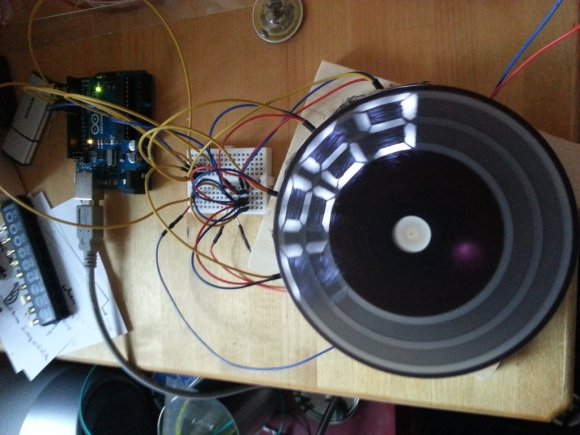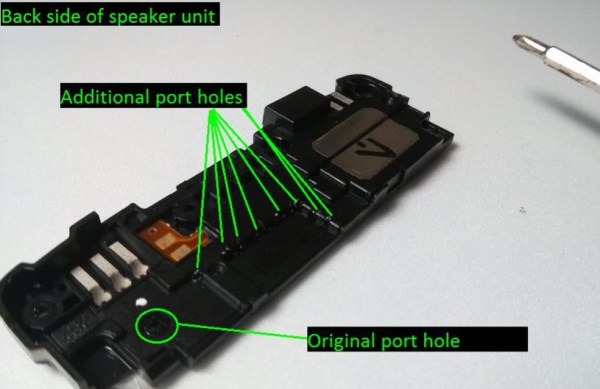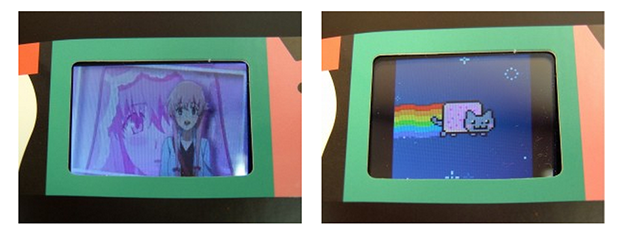
This week we’re back with Hacker Crackdown: Part II! The caliber of last week’s comments was exceptional, but the level of participation planed off, and I’ll risk a guess: The Mentor’s Manifesto was more likely encountered as part of any given reader’s childhood—or, if not, easily skimmed at just over one page long—and therefore drew more interest. Crackdown, however, is perhaps less familiar. You also needed to read over 50 pages for last week (100 for this week). I list these things not as an apology or a rationalization, but as an attempt to better serve the community by providing accessible content. If you can’t commit to a lengthy reading, that shouldn’t exclude your participation.
This week, I’m adjusting the format to focus on key quotations from the text. Never even heard of Hacker Crackdown? No problem! Stick with us after the break where you’ll find all the relevant issues in a brief outline, then join us in our discussion!
Continue reading “Hacking And Philosophy: Crackdown Part II”
















